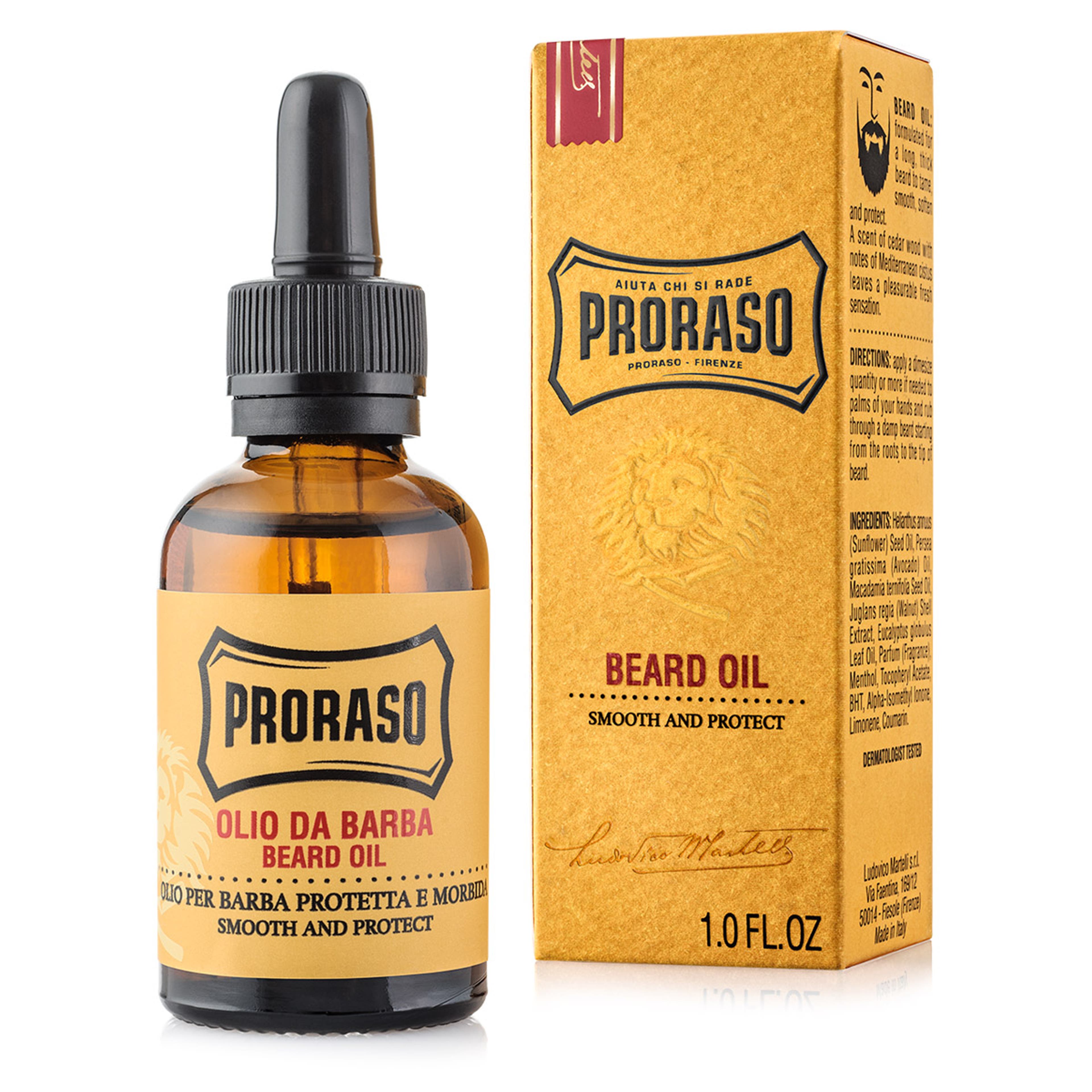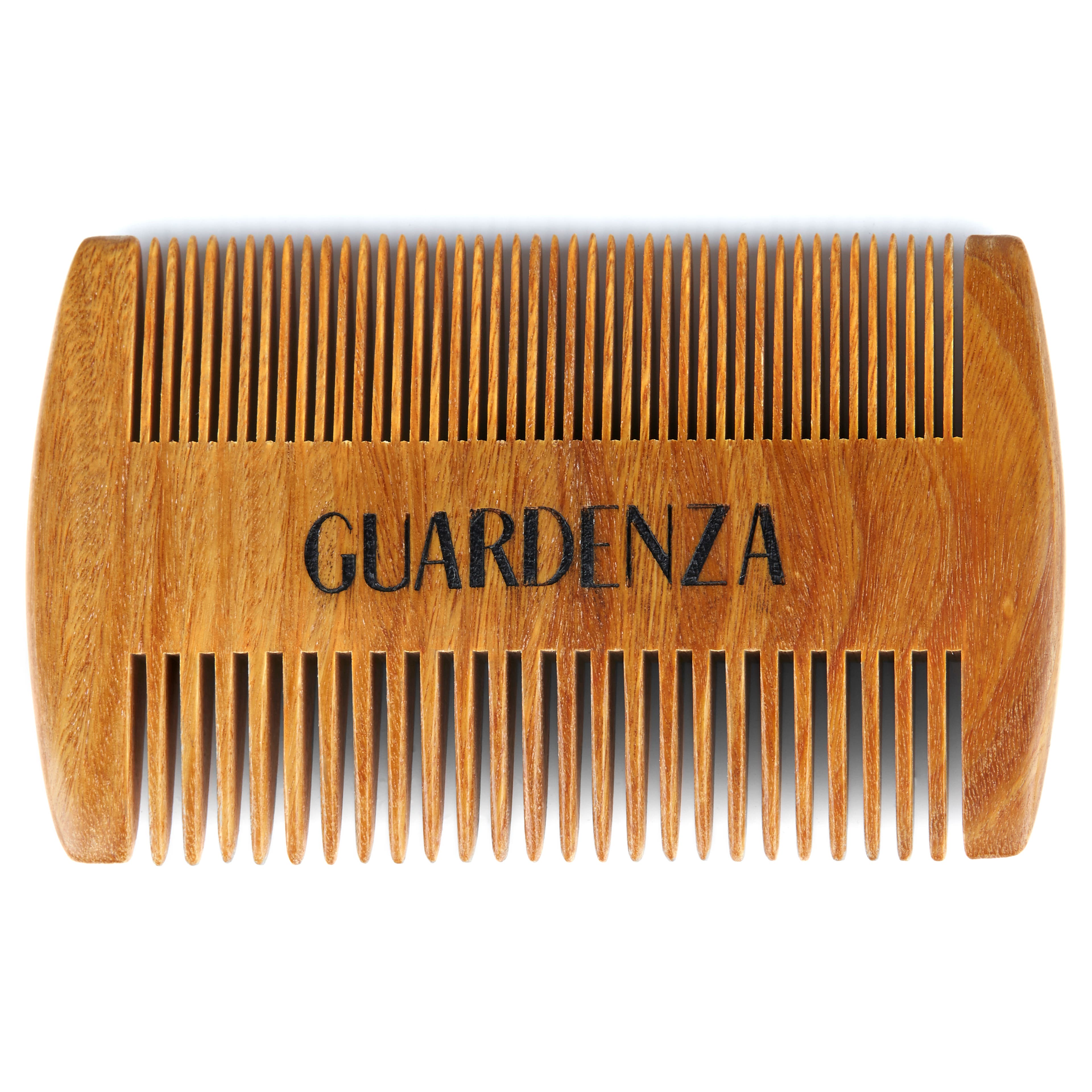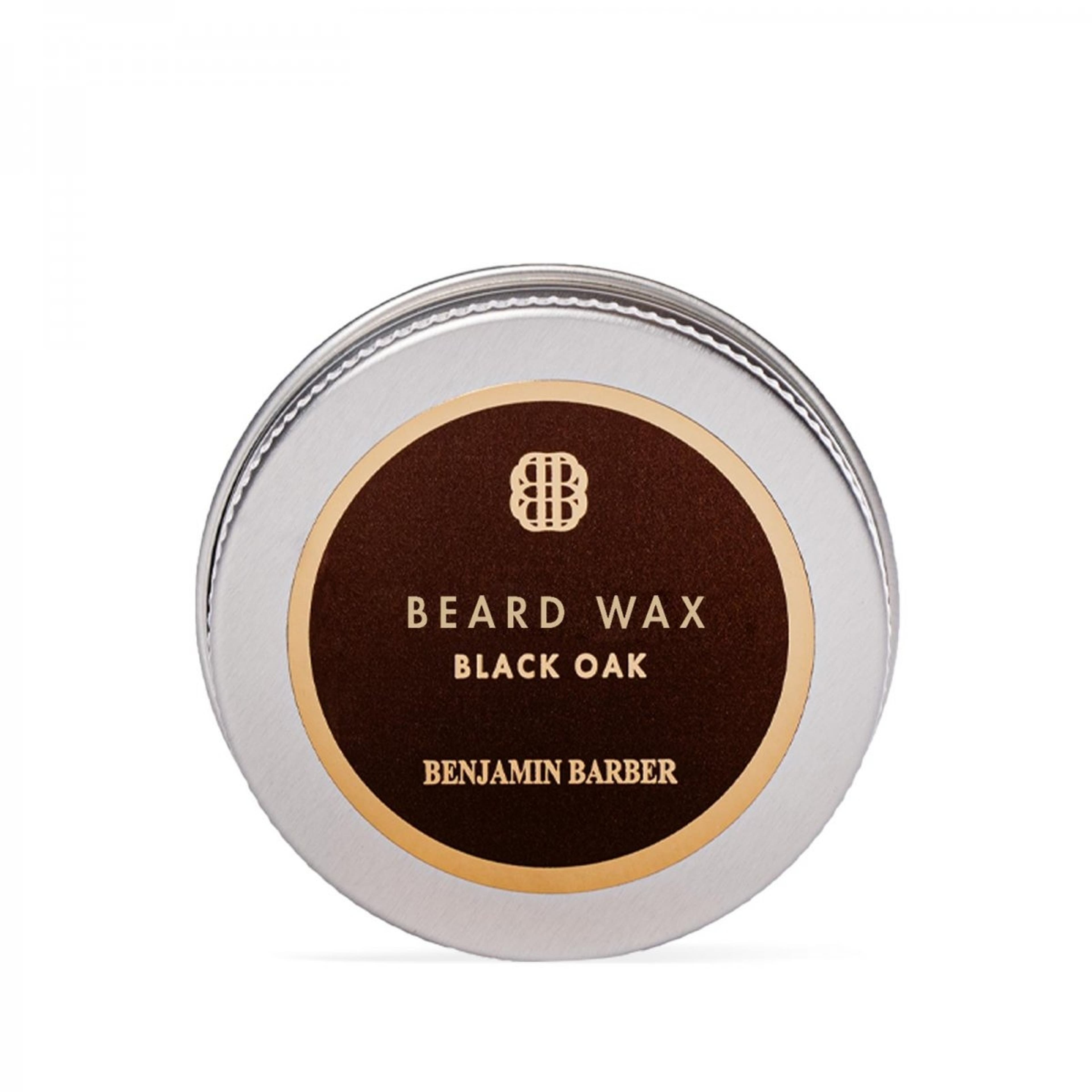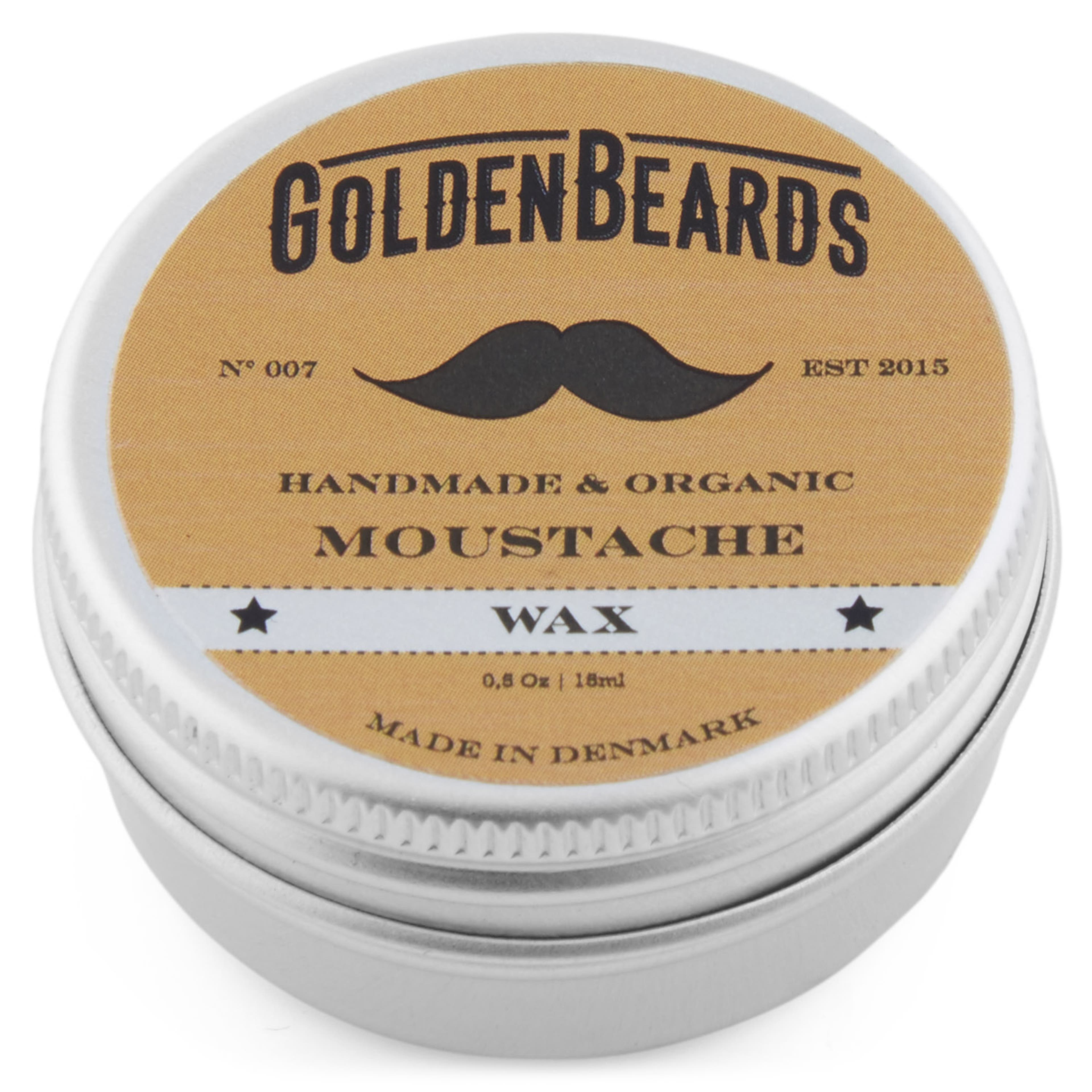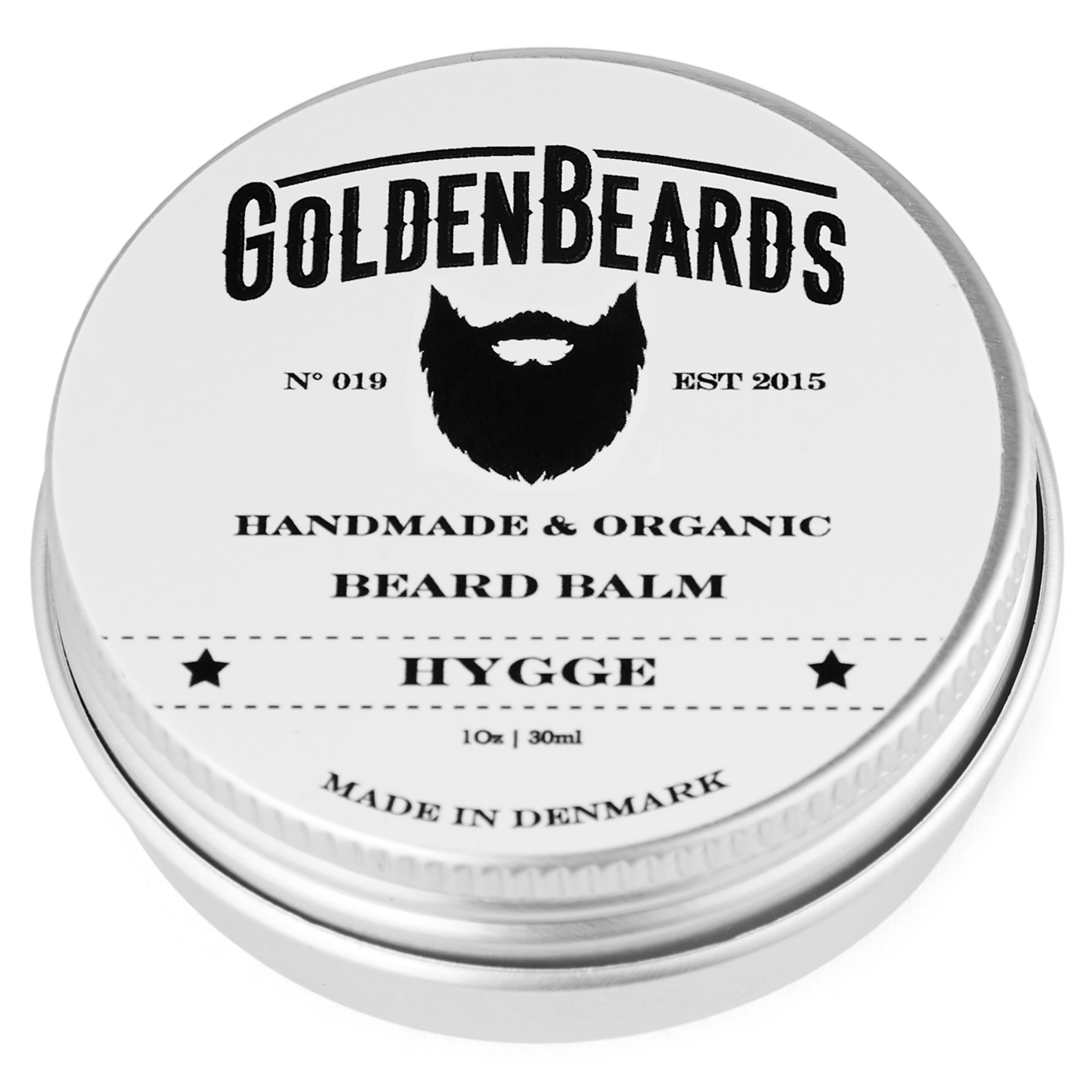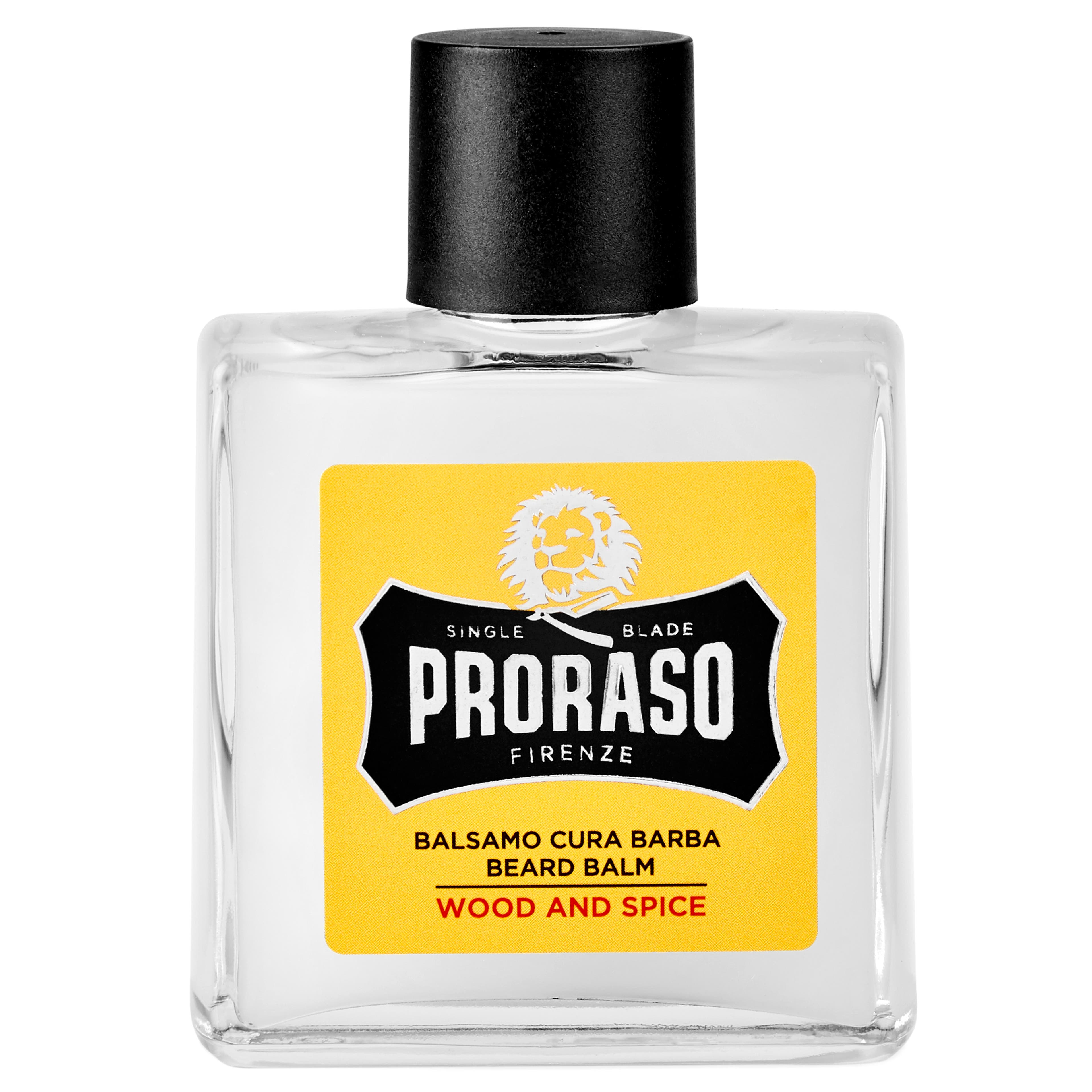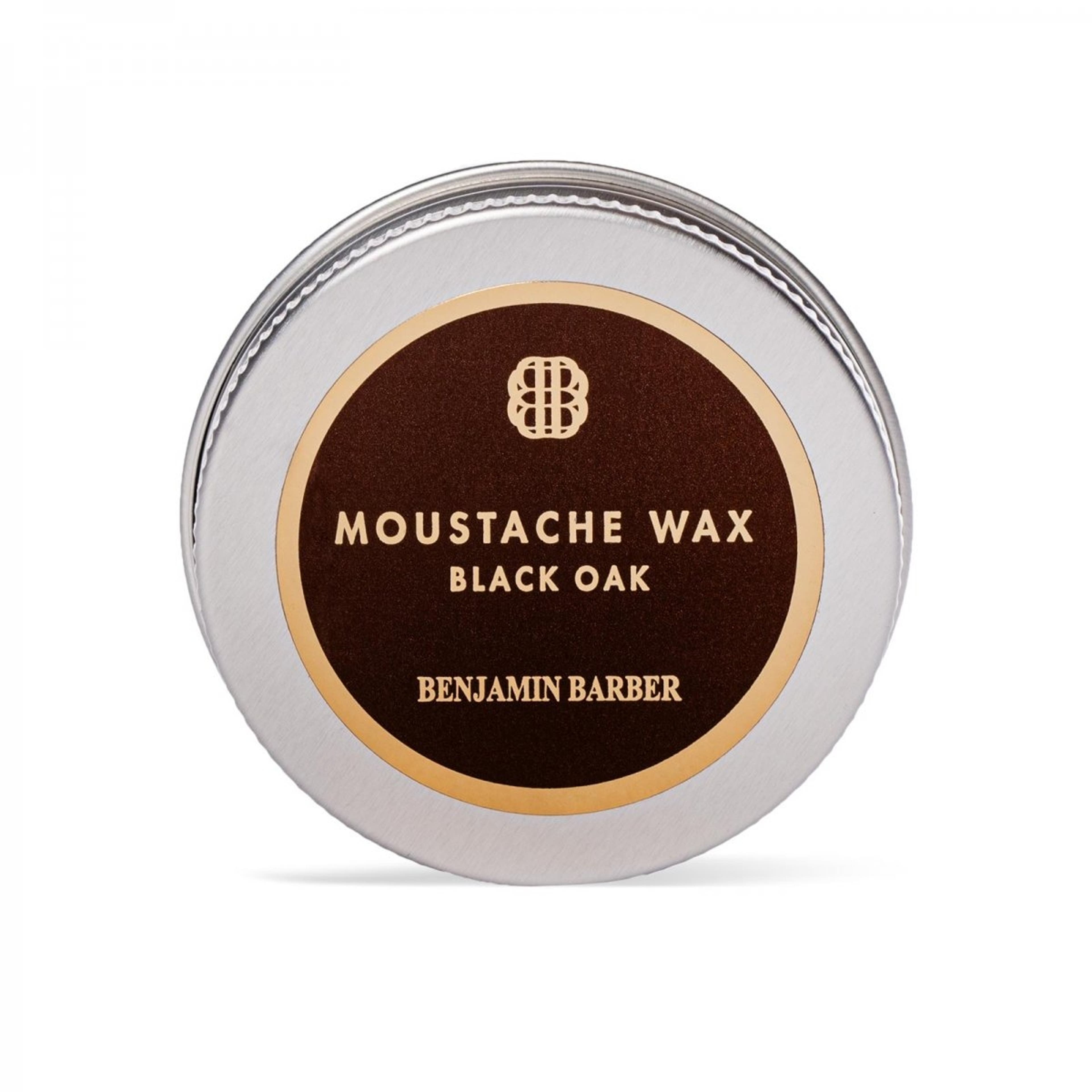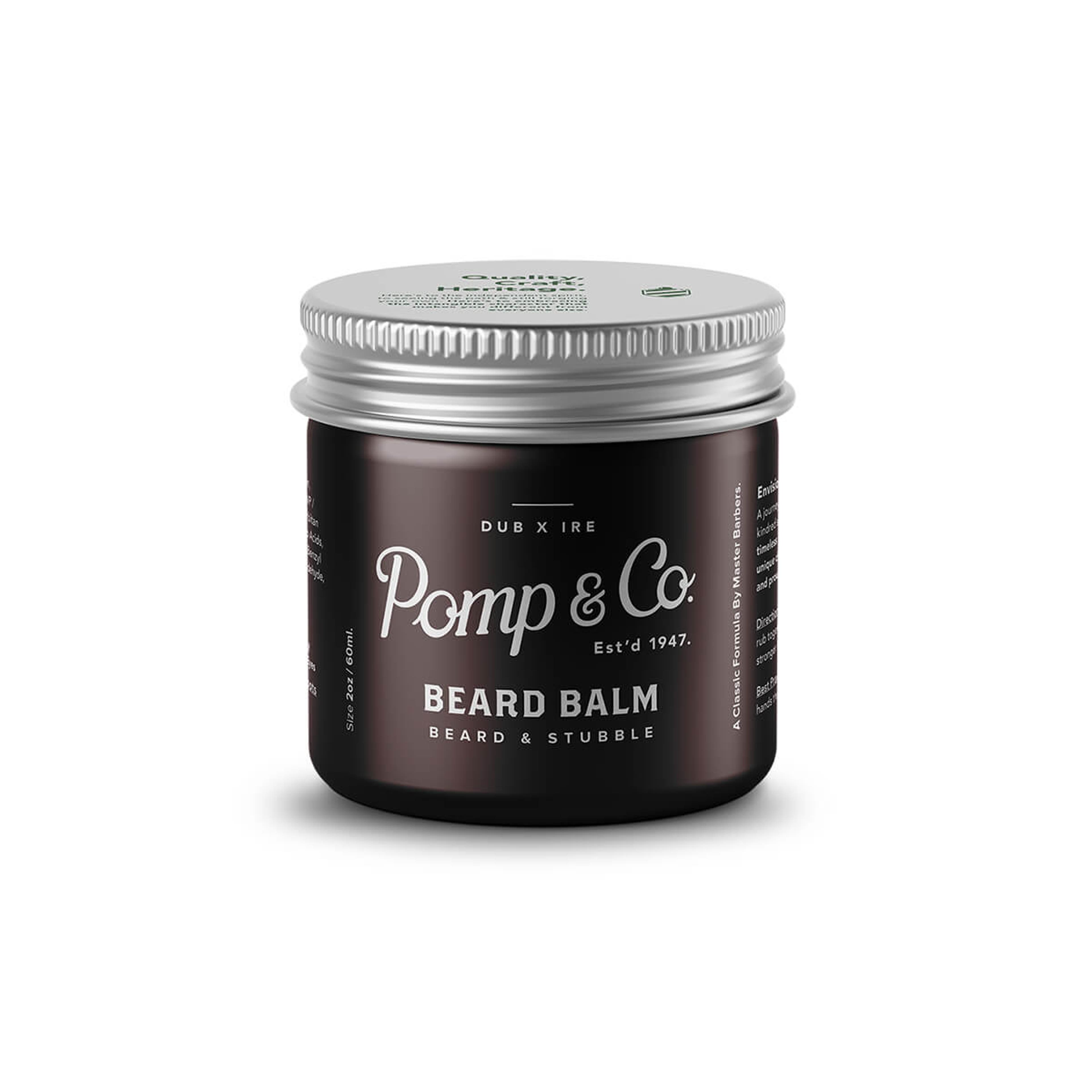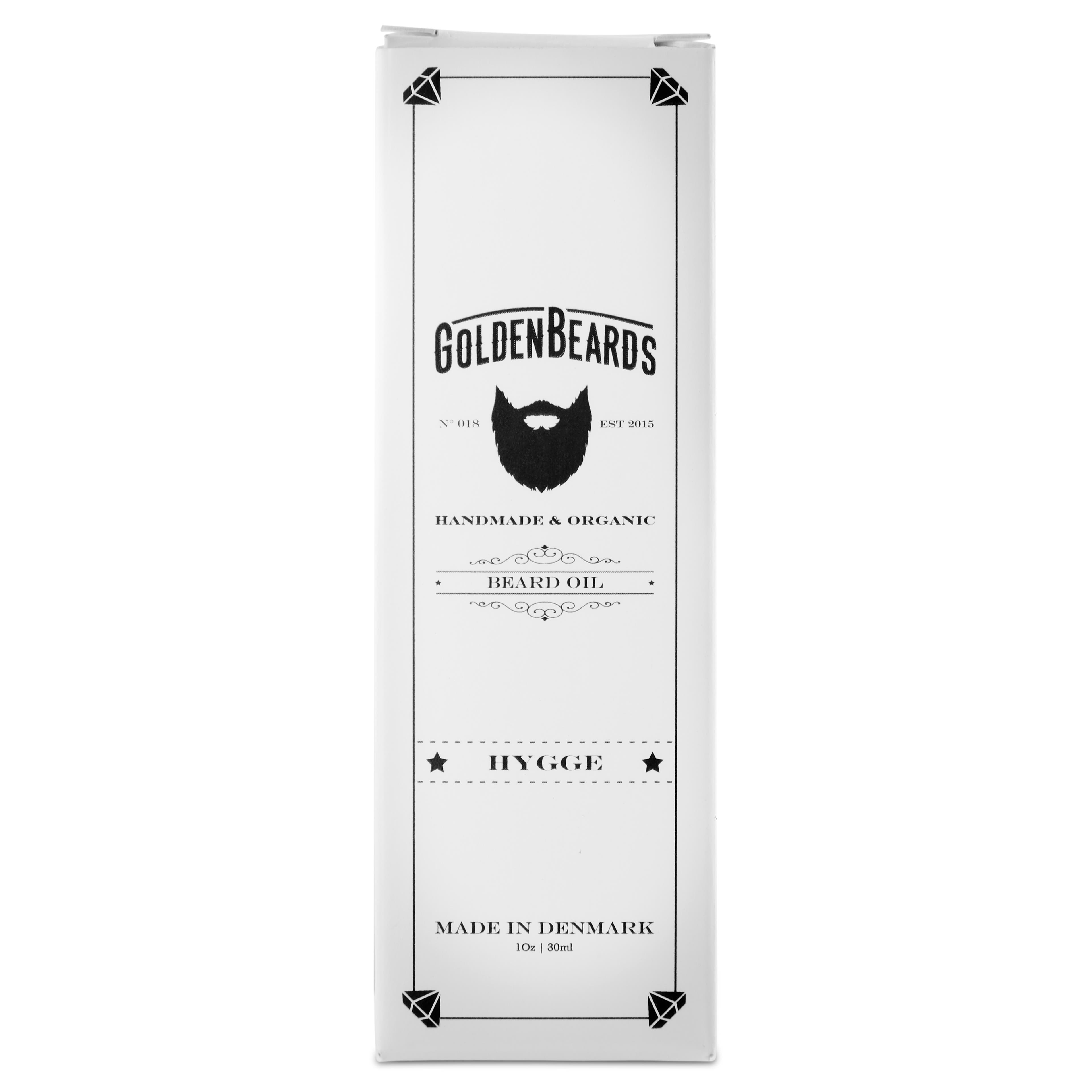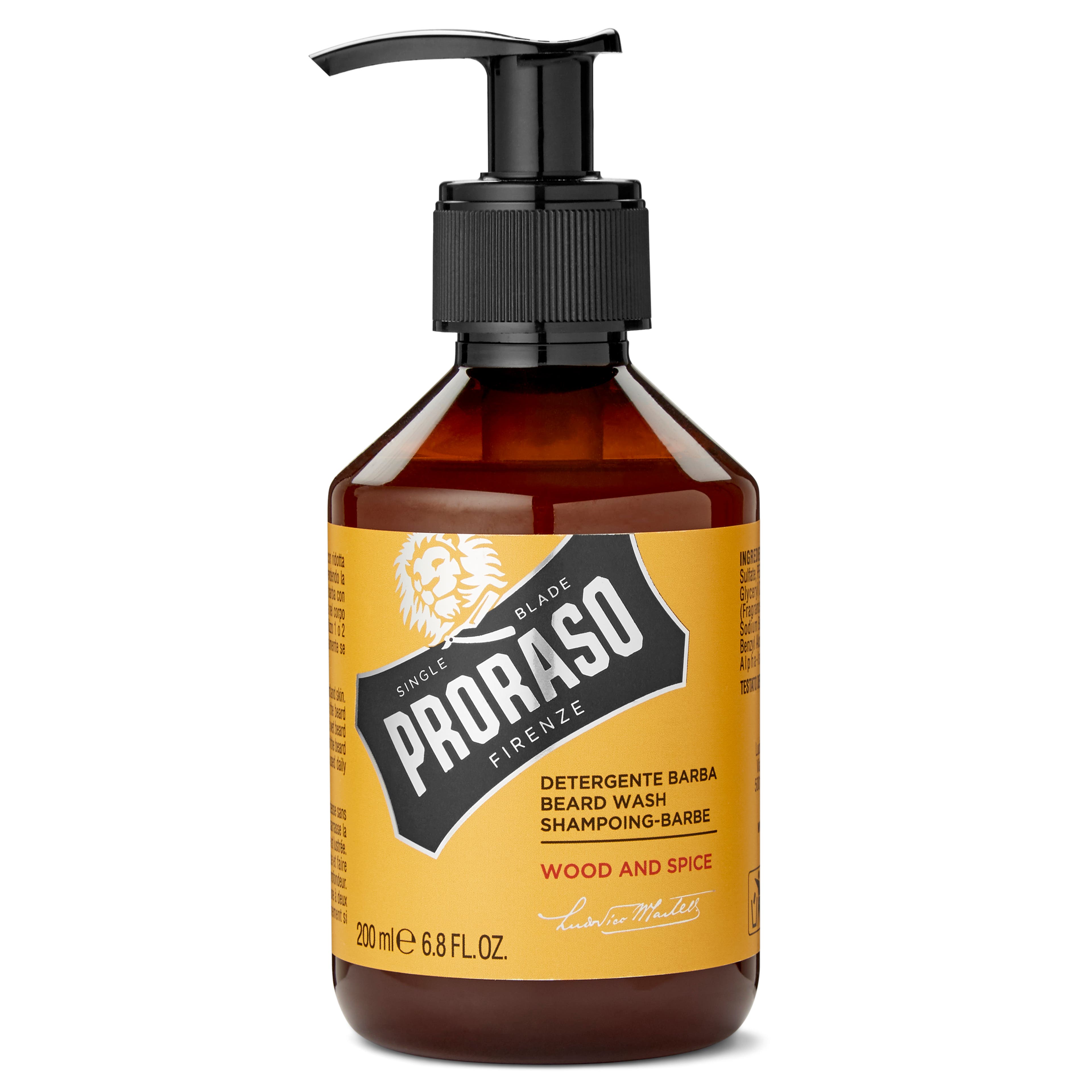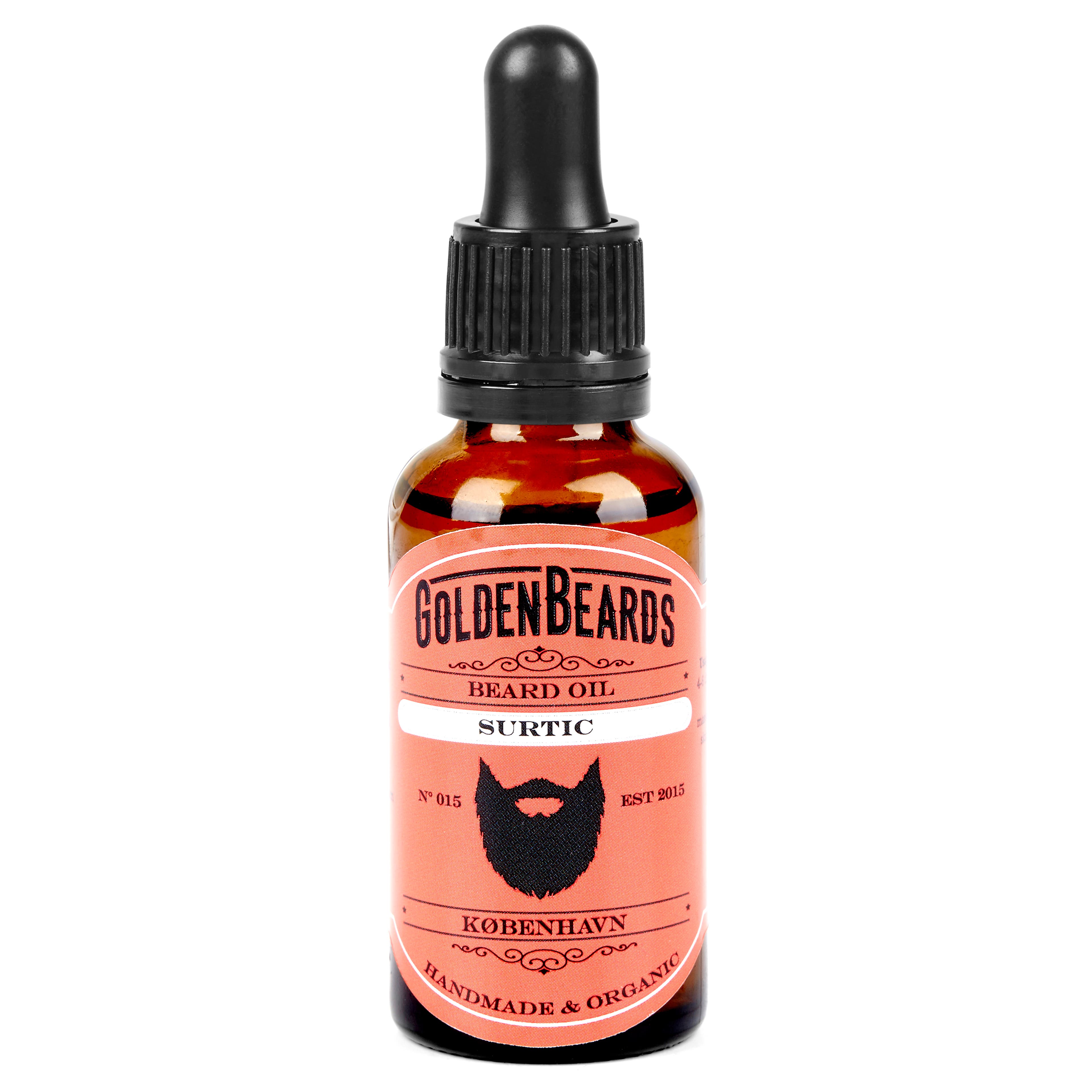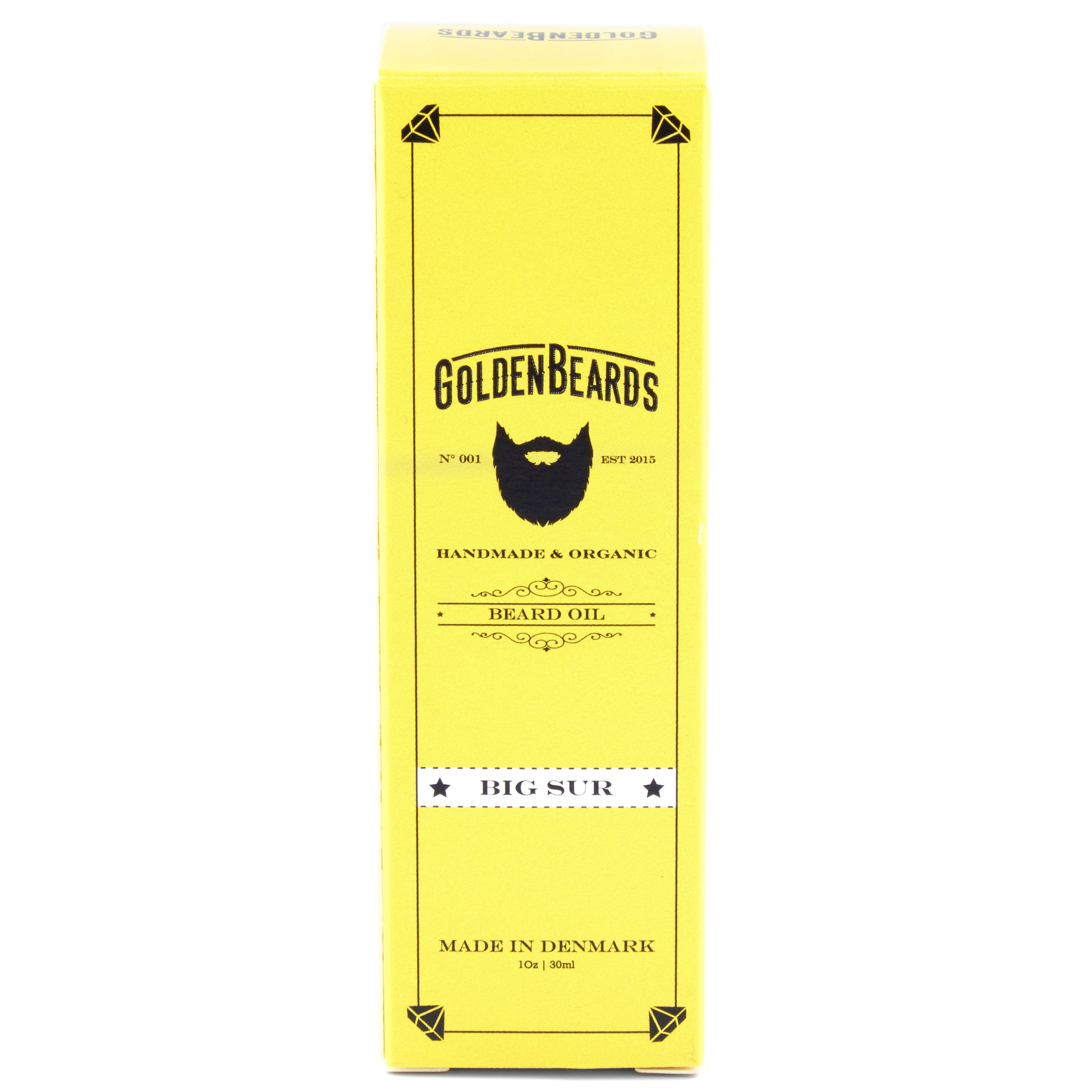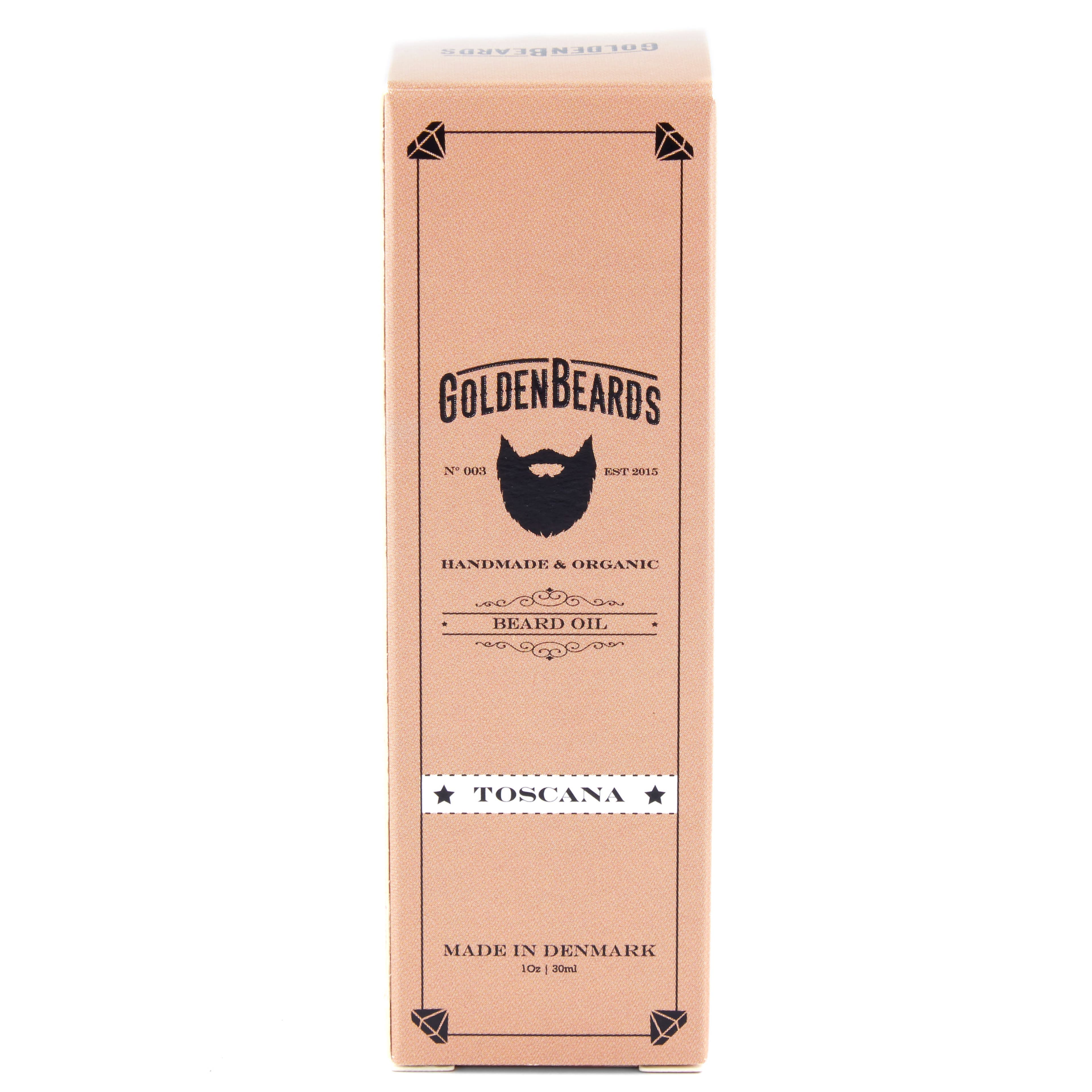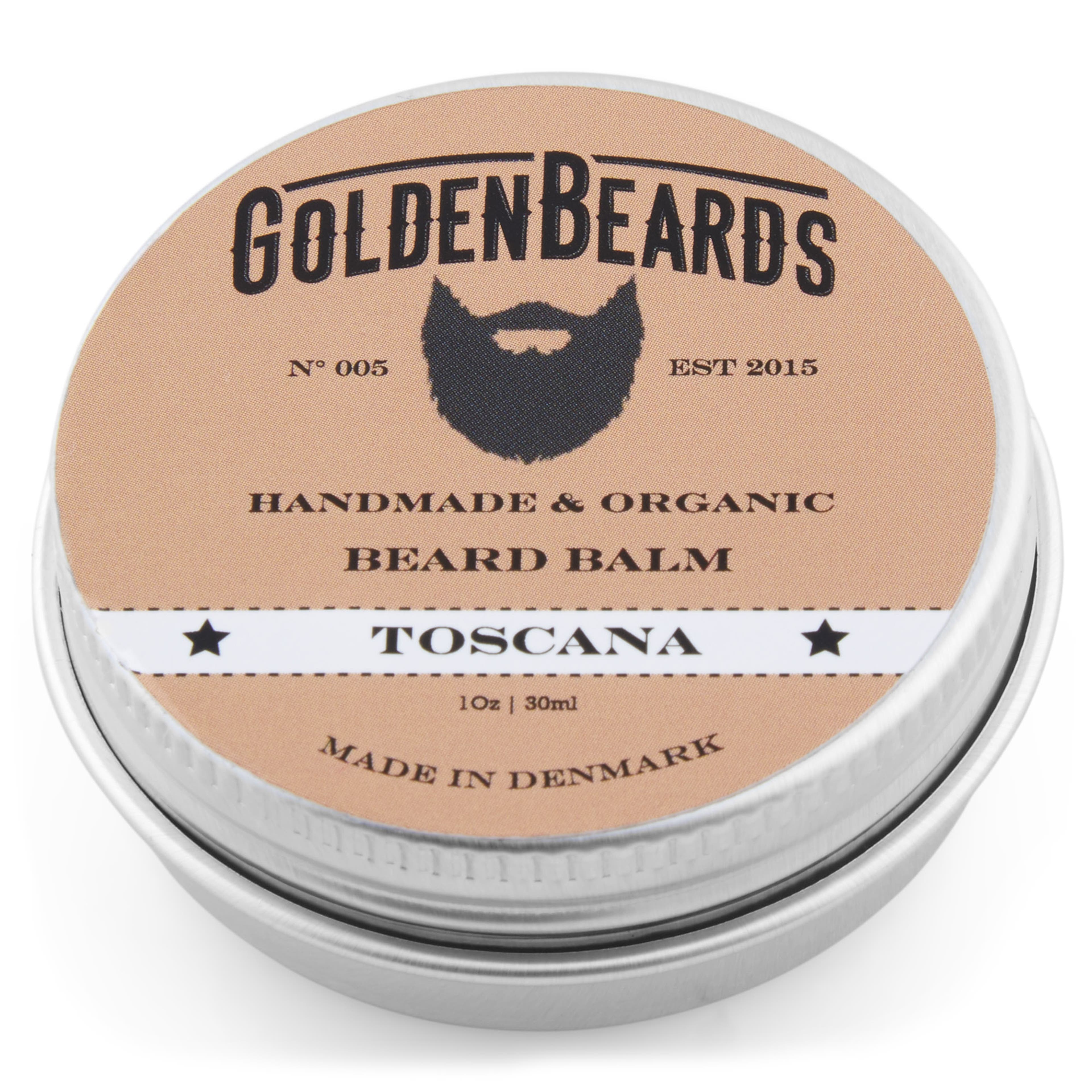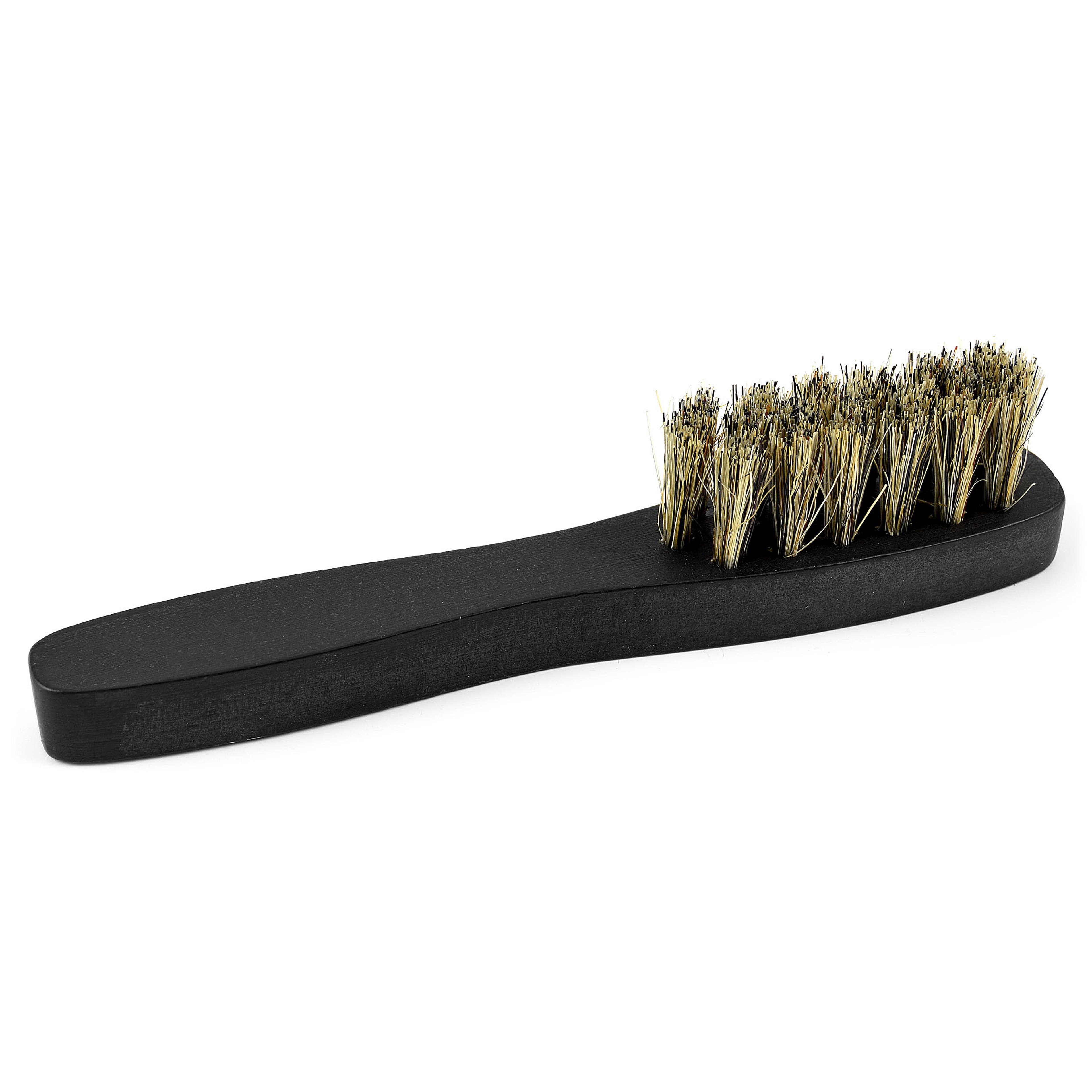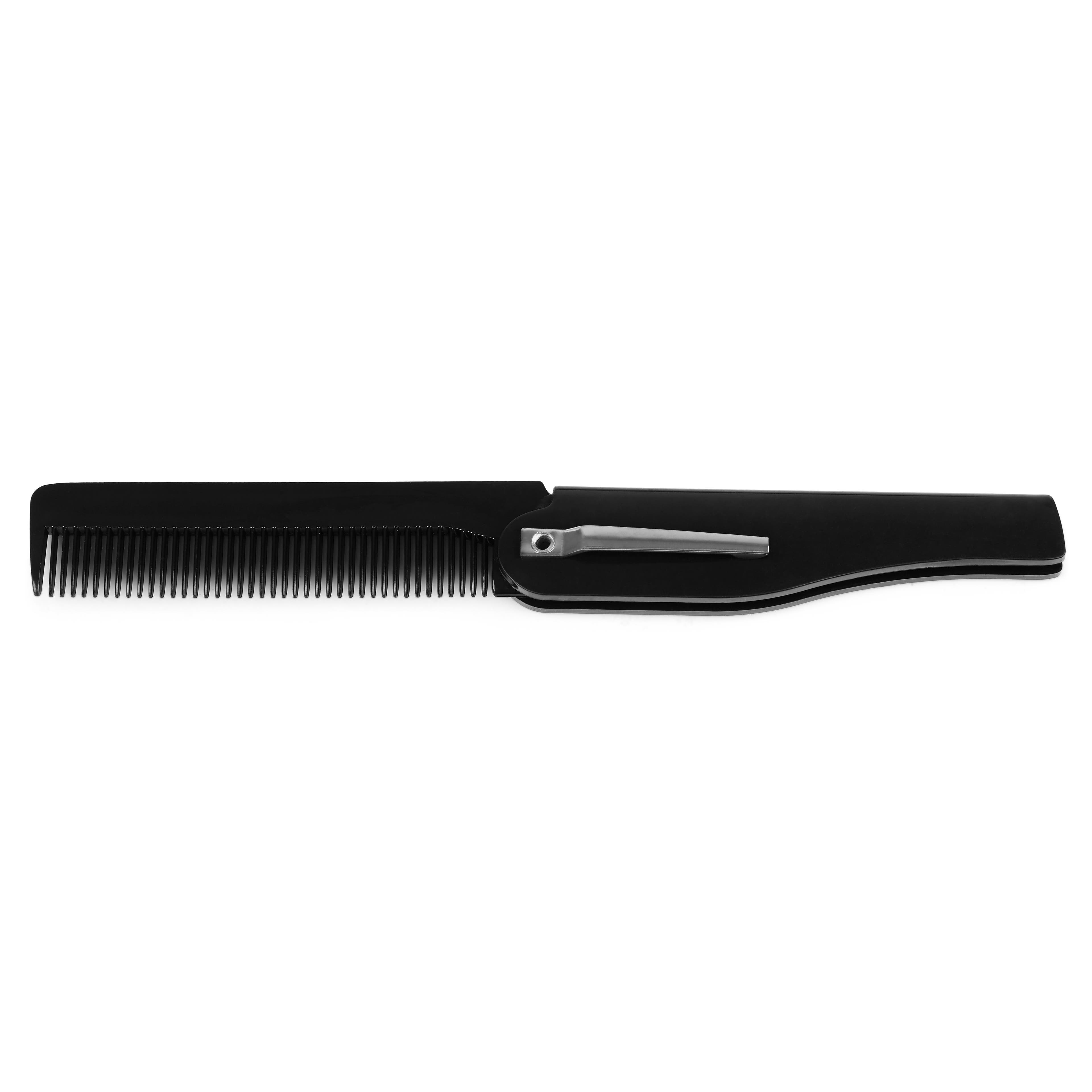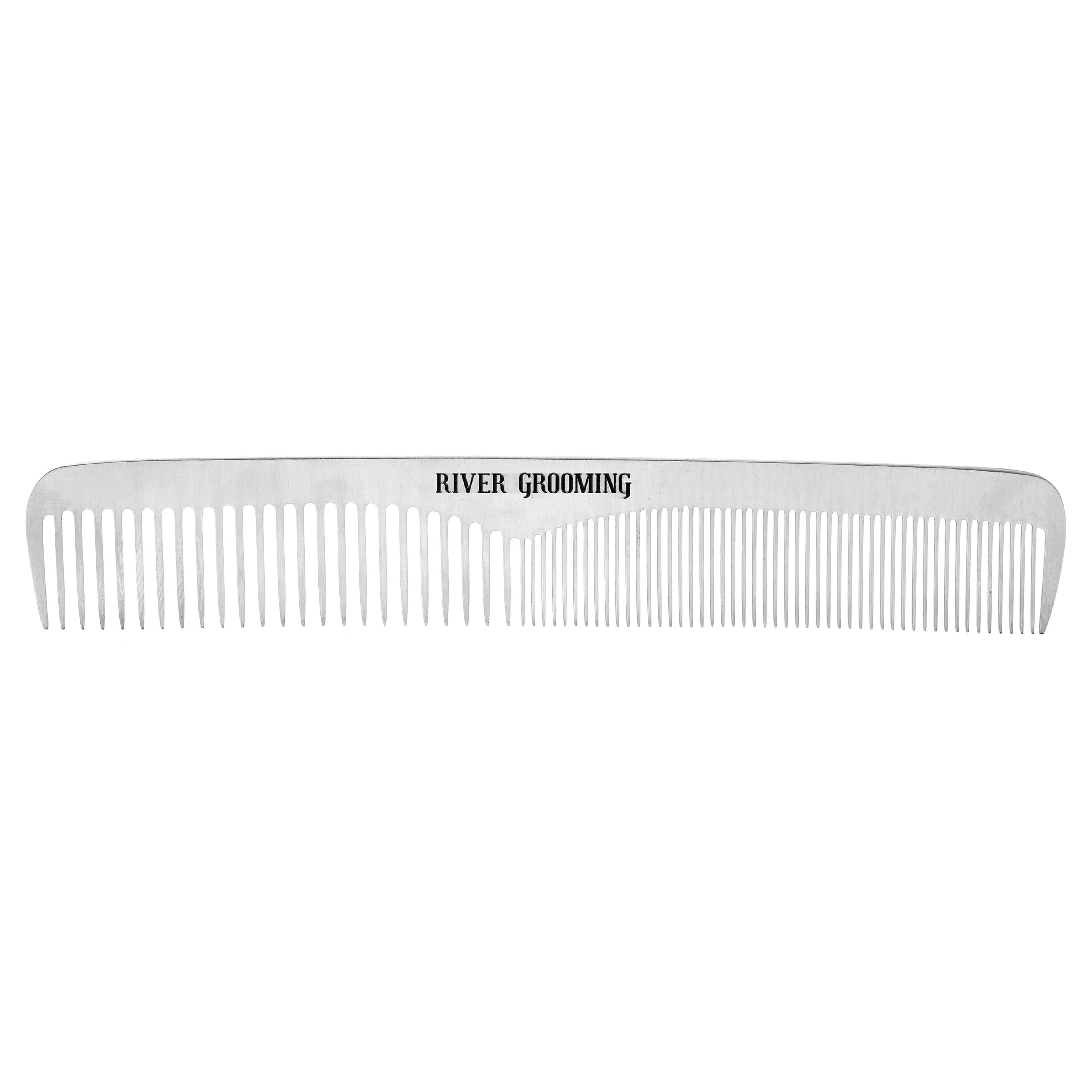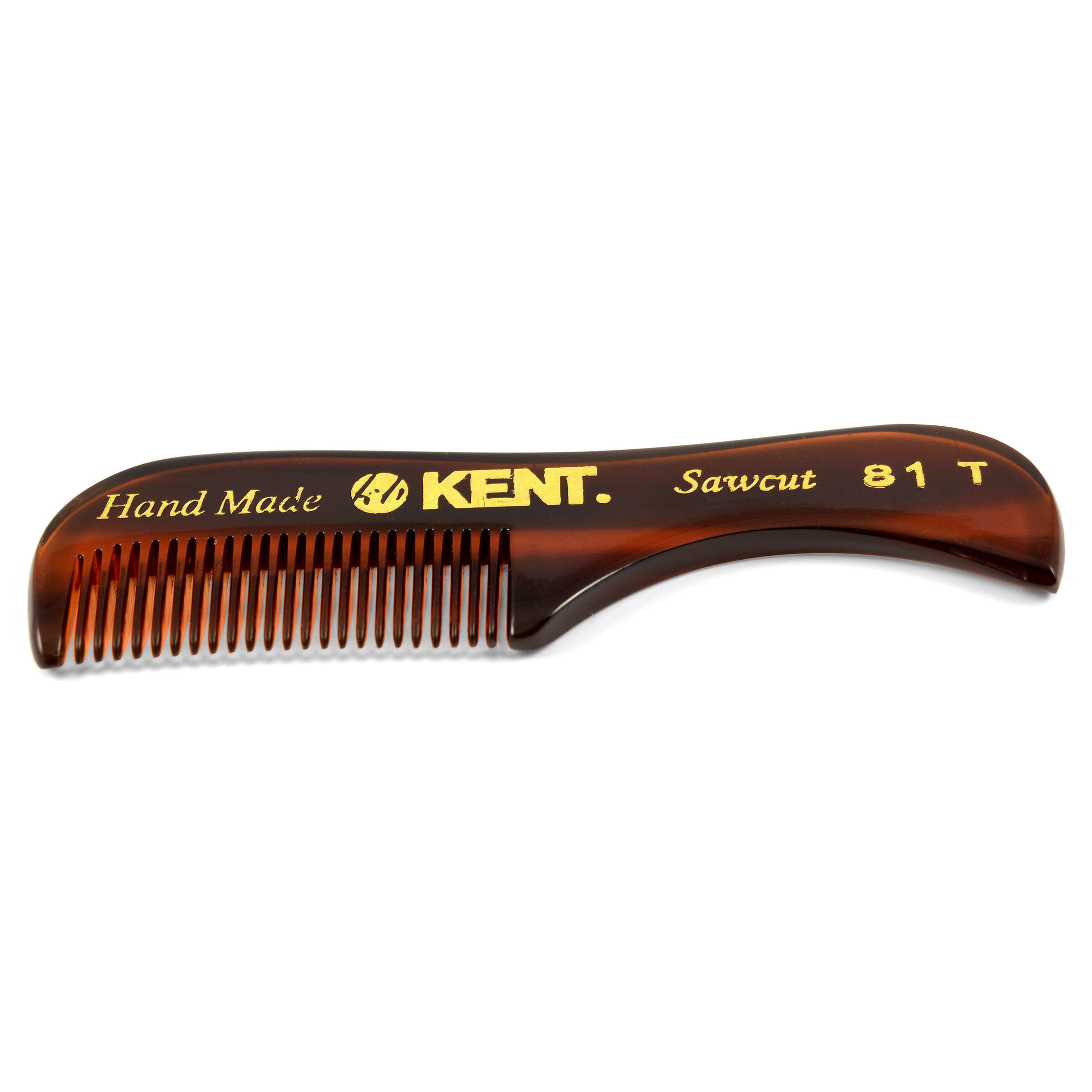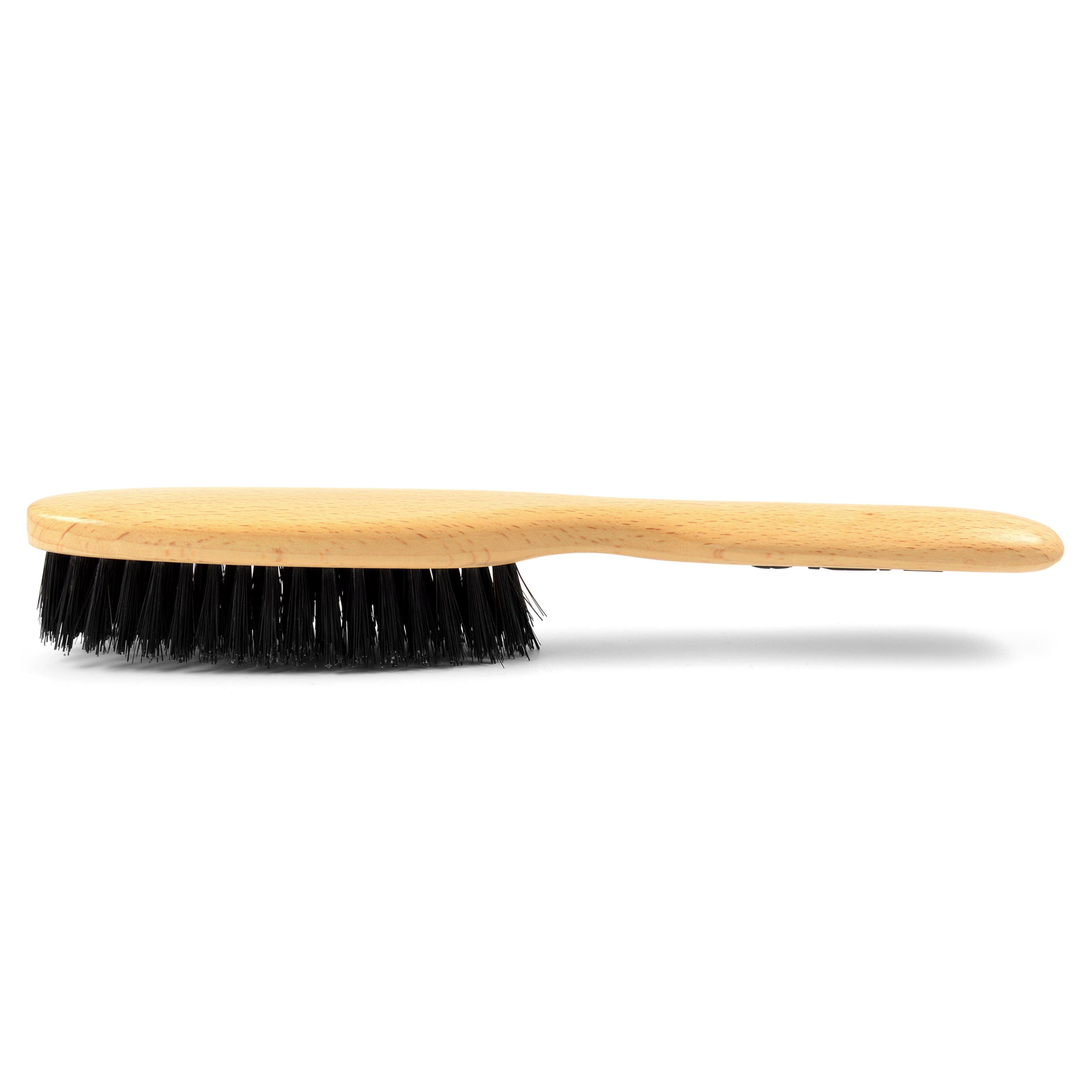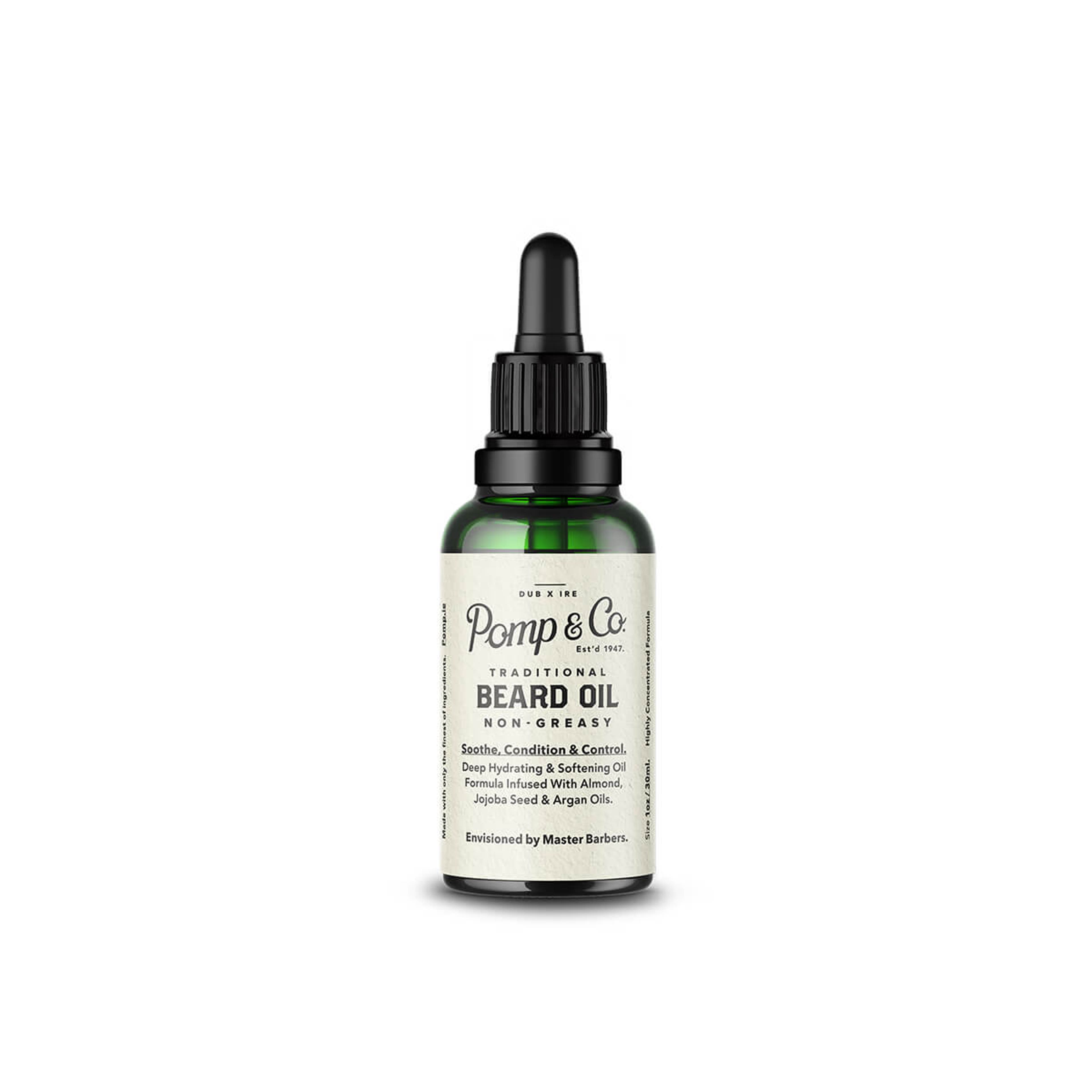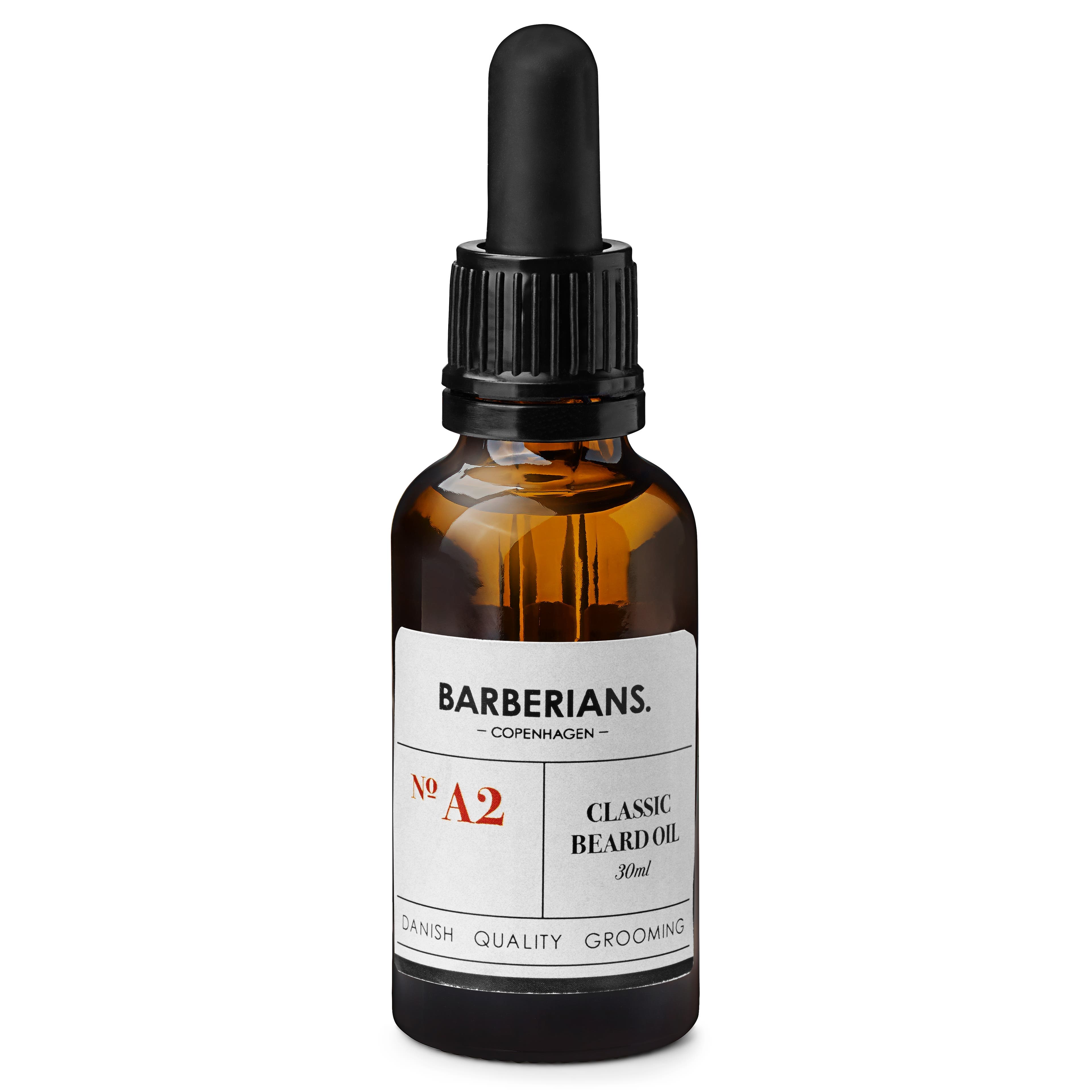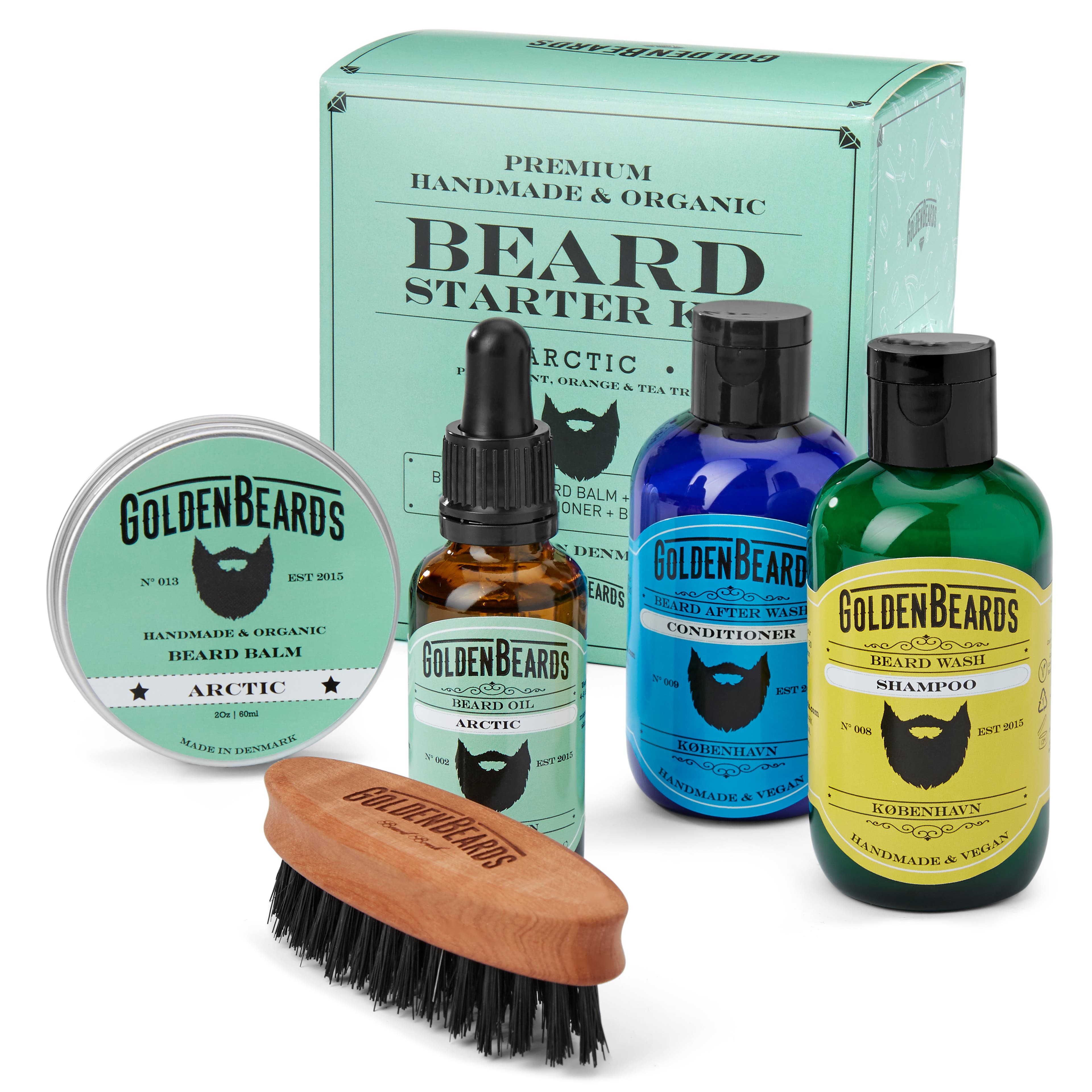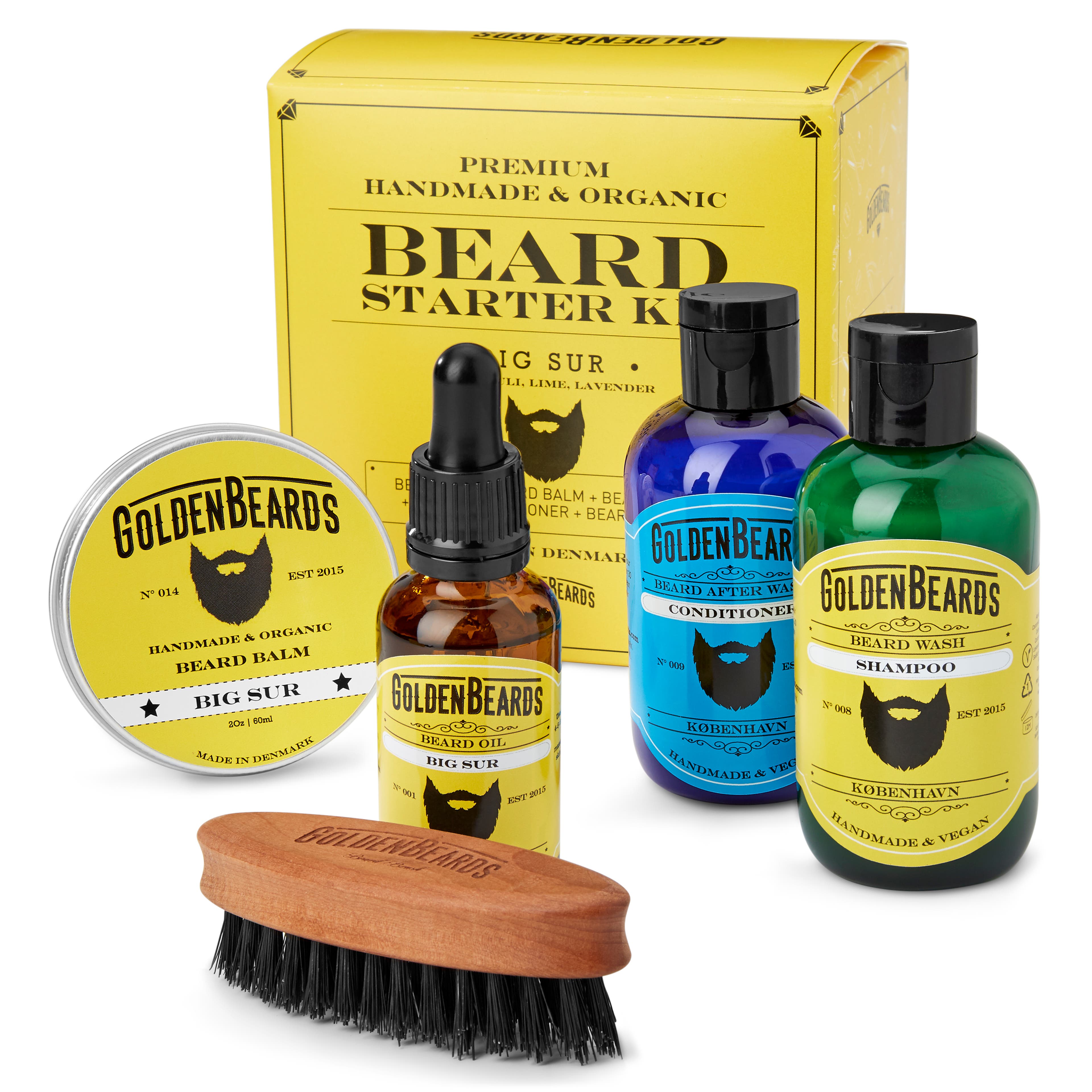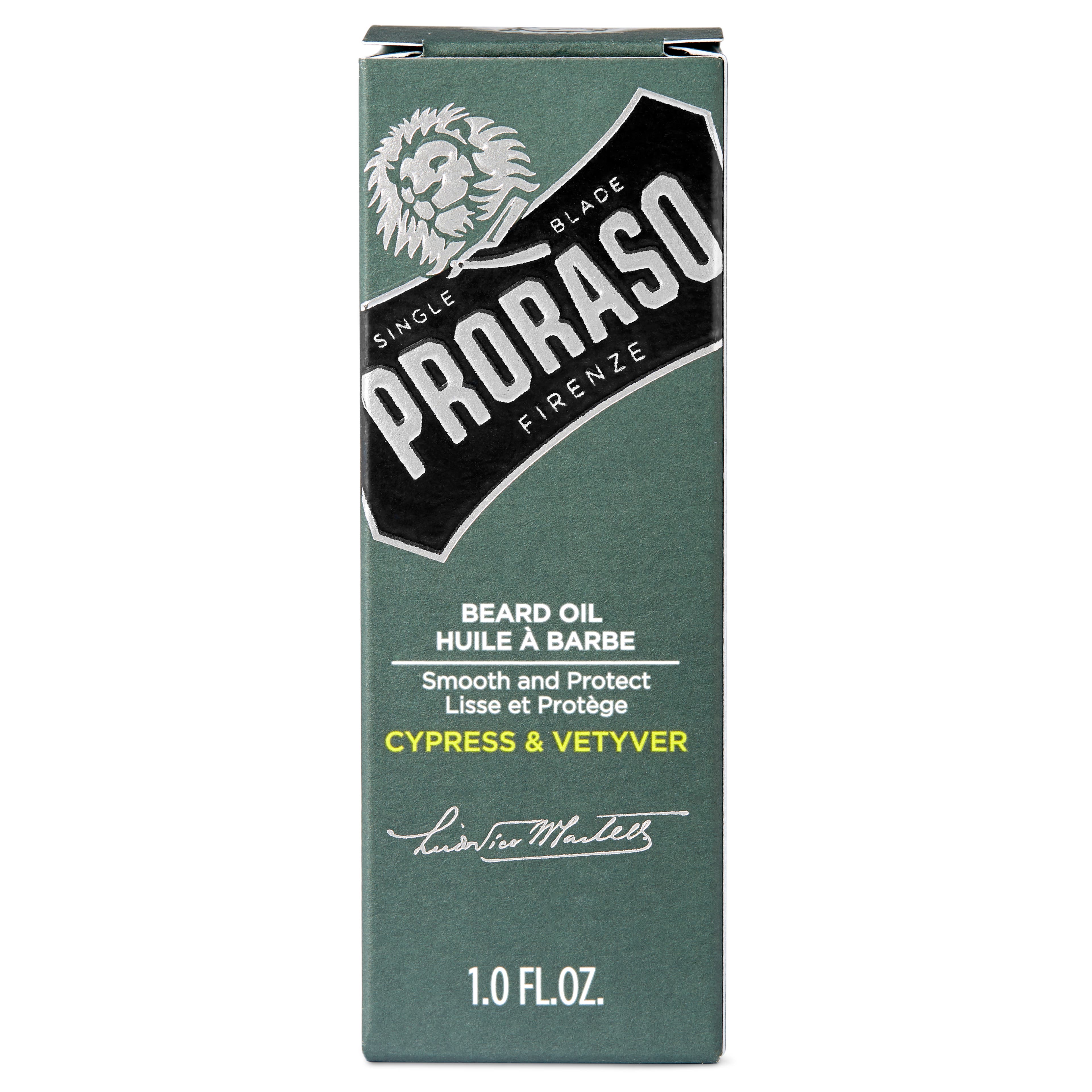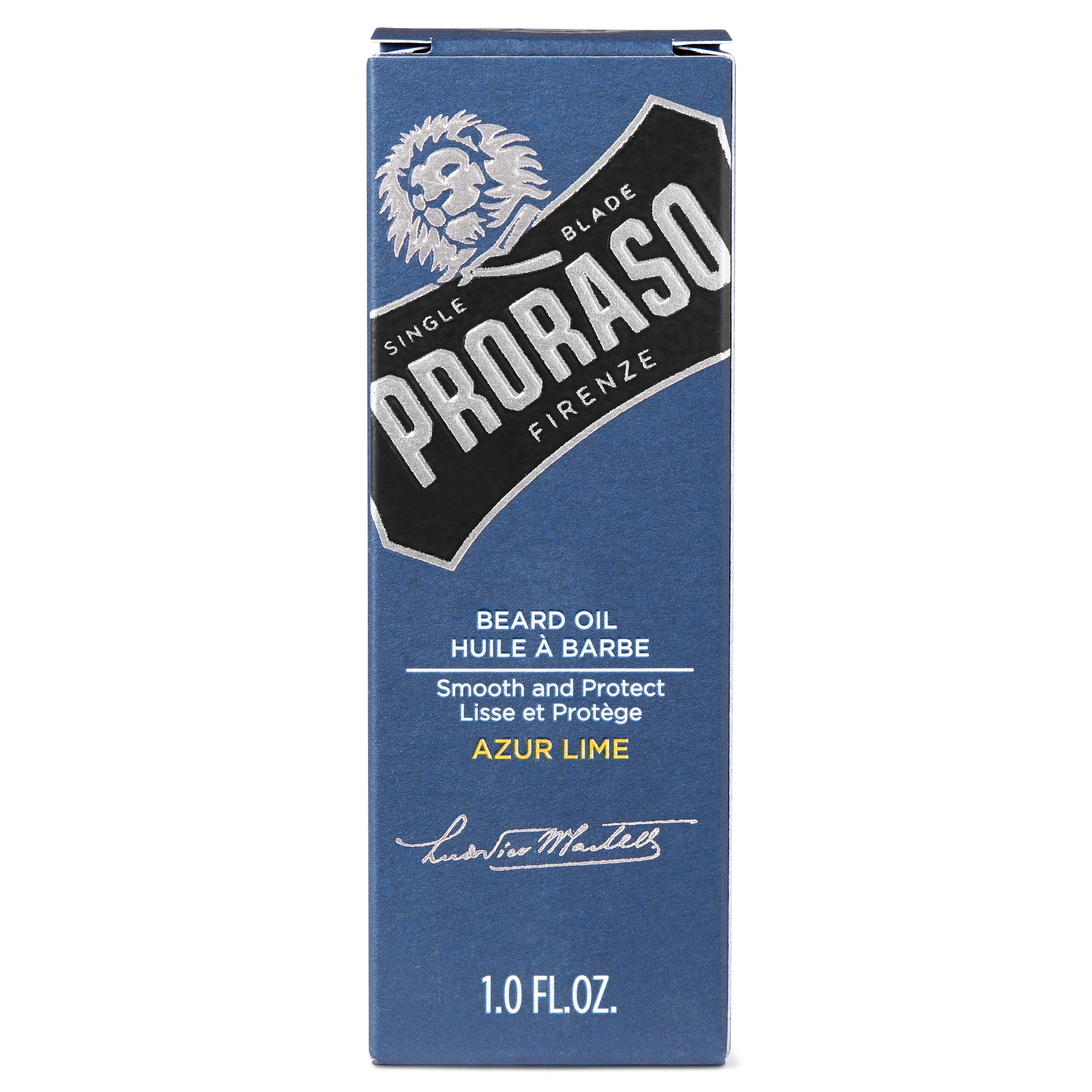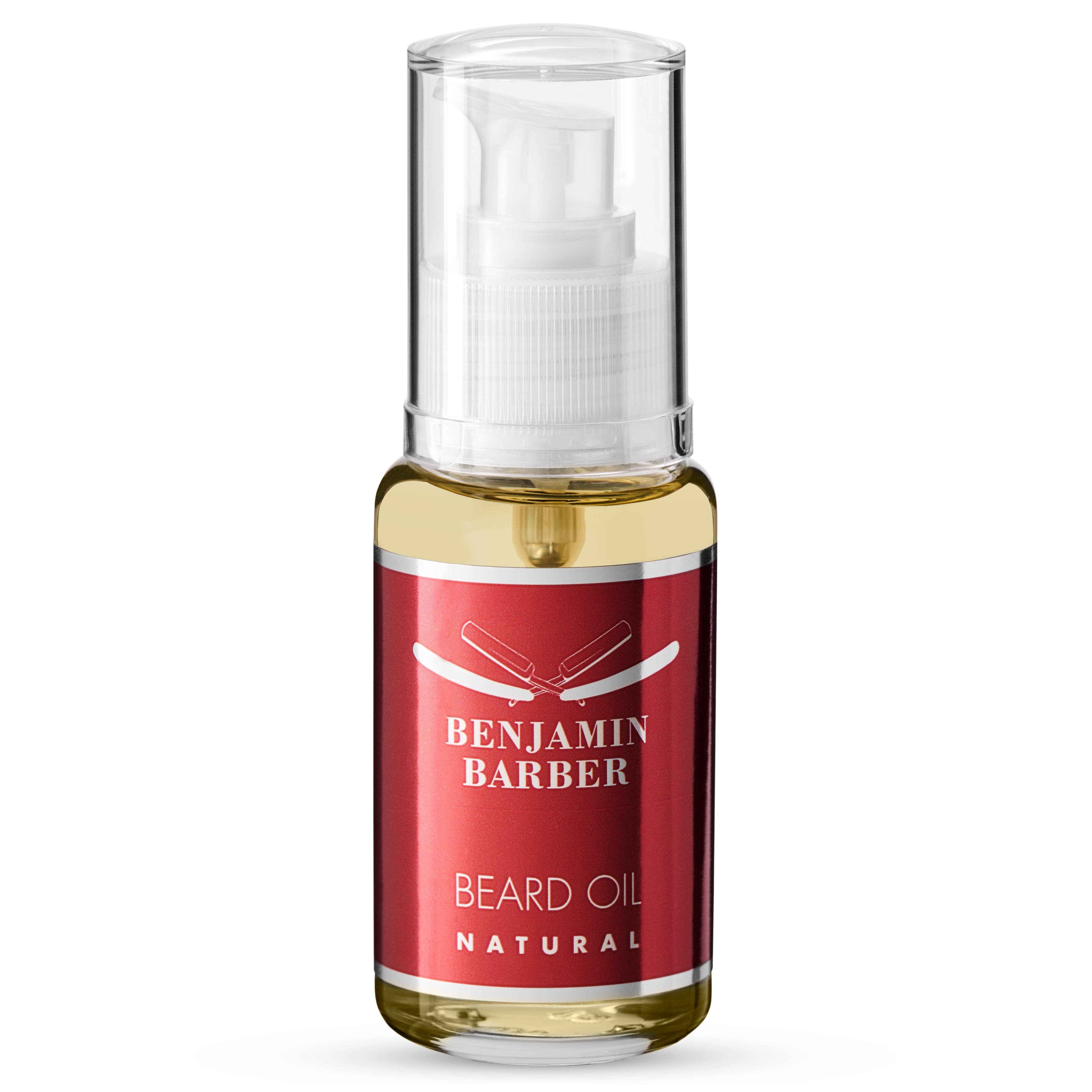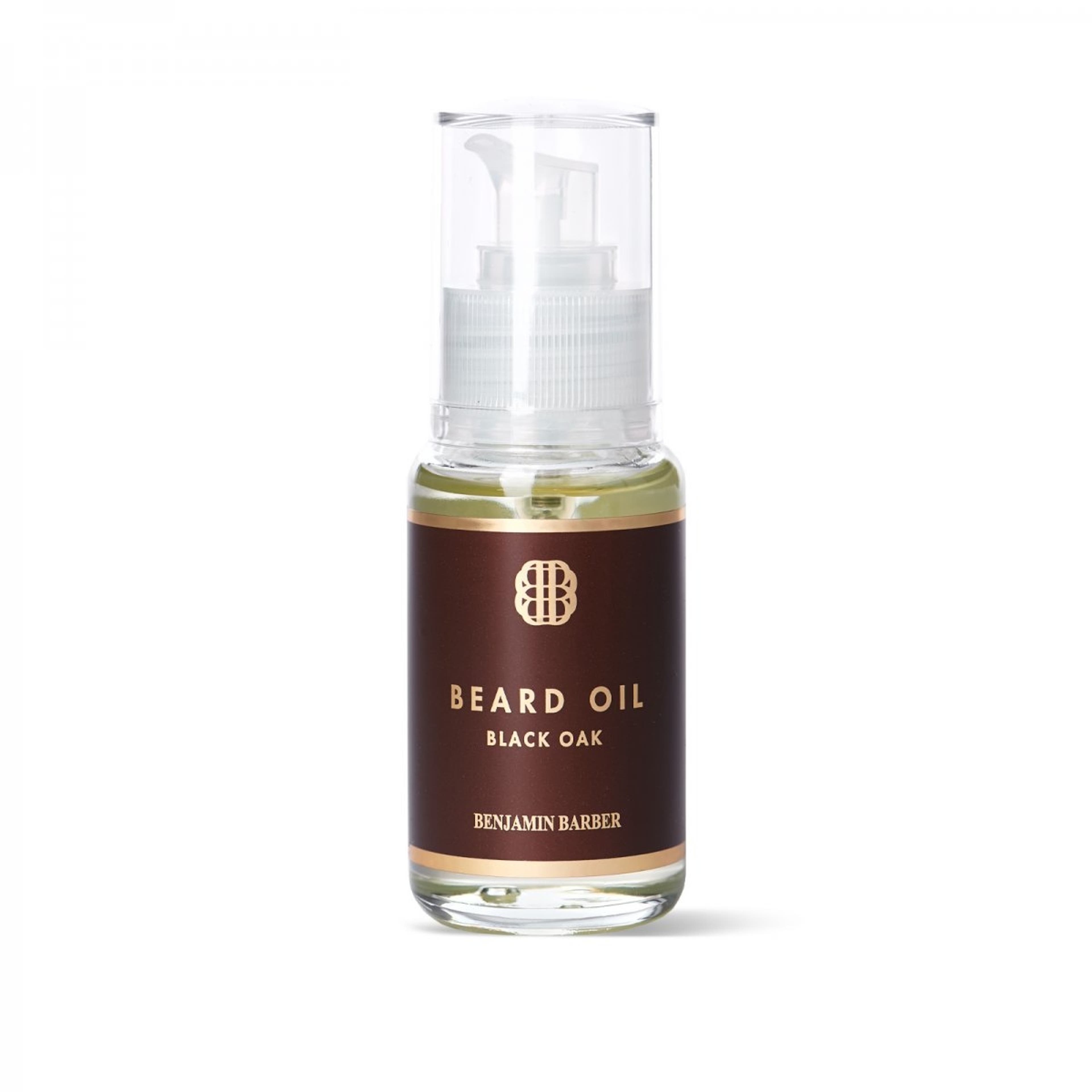How to Grow the Right Beard for You
We’ve compiled all the tips, tricks and products you’ll need to grow a soft, full and healthy beard. Whether it’s your first stubble or you’re a proper Viking, making sure it flatters your face shape is always a good thing.
There’s no doubt about it. Beards are in!
Men have always sported beards. In historical terms, being clean-shaven is the trend. A clean shave has been popular in the West since the Victorian era, but the last 10 years has seen a resurgence in the number of bearded gents walking around.
Every man at one point in his life should try growing out his beard. It may look bad, or not come out well, but there’s only one way to know for sure – grow it.
And the reasons to grow a beard go beyond mere curiosity.
Men’s facial hair has developed over time to have innate evolutionary and social perception value that includes:
- Being a sign of health and fitness
- Showing you’re of sexual age and capability (you don’t want them thinking otherwise)
- Signaling to ‘competitors’ you’re at the peak of maturation, aka aggressive and ready to battle (badass in the literal sense)
So while manliness has become a buzzword, bad word, and all-round matter of opinion. From a biological standpoint, there’s not a shred of doubt – beards are manly and instantly show it off.
The Evolution and Human Behaviour Journal found that between fully bearded, moustached, goateed and clean-shaven men, women rated the bearded bros as most attractive.
But not just most attractive.
The women rated full beards as more masculine, mature, good-looking, dominant, self-confident, courageous, liberal, nonconforming and industrious. Not a bad list of qualities to be associated with.
And for those worried about having a beard at work, know that a well-groomed, well-cared-for beard looks just as clean and professional as your clean-cut colleague.
The only thing left now is to actually grow one.
Which Beard to Grow?
While your beard is unique to you, still have an idea in mind to aim for. Beard growing is an exercise in patience. One clumsy scissor stroke can set you back weeks or months, so don’t just wing it.
Whether you’re going for just-beyond-stubble or a full-blown Gandalf, you want a beard that matches your face shape and enhances it. Not one that just follows the contours of your face at a chosen length.
Beyond face shape, there are a few other points to consider when choosing a style.
- Length – How long you want your beard. May depend on personal style and social/professional context.
- Patchy Spots – We all have unique beard coverage. Where and how big your bare patches are will determine which style works best.
- Density – This is genetic and some guys simply aren’t able to grow thick bushy beards no matter how hard they try.
Choosing the Right Beard for Your Face Shape
Having a beard that’s the same length everywhere is a real waste of potential. You want your beard and face to play together for a smooth, symmetrical look.
Here are a few tips in achieving it based on your face shape.
Oval Face
An oval face is a middle ground between other face shapes and generally the most appealing.
If this applies to you, you’re lucky and most beard shapes will suit you well.
Square Face
You want to grow your beard fuller on the chin and shorter on the sides. A longer, narrow beard will lengthen your face without widening it.
As it grows out, sculpt it into a rounded, oval shape for a nice contrast to your more angular bone structure.
Round Face
Similar to square faces, you’ll want to grow a beard that’s longer on the chin than on the sides.
Round faces tend to be as long as they are wide. A more angular beard (not too sharp) will complement nicely.
Rectangular Face
As your face is longer than it is wide, you’ll want to add proportion by keeping a beard that’s fuller on the sides than on the chin.
This adds width to your narrower face.
Triangular Face
A triangular face makes it tricky to get a good looking beard, as your jaw is already wider than your forehead.
The easiest option is to keep a short beard.
Another option is to grow a beard that’s longer on the sides than on the chin and sculpted inwards for an overall oval effect.
Diamond Face
Similar to triangular faces, it can be tough to balance out a diamond face with a beard.
You’ll want a beard that’s longer on the chin than on the sides. With very angular cheekbones you’ll need hair that’s slightly shorter on the chin than elsewhere to achieve a nice rounded finish.
How to Grow a Beard for the First Time
You’ve chosen an end-goal based on your face shape and other factors.
But how do you actually get started?
It’s not rocket science. To start growing a beard, stop shaving.
How to get your facial hair to grow faster? How fast and full your beard grows varies man to man. You want to let a proper beard form before starting to do anything about it.
Letting your beard grow out shows how it grows naturally and reveals any idiosyncrasies your beard might have. This lets you know how best to shape it when it comes to that stage.
Depending on how thick your beard is, it can be tough to get through this period – thin, wispy beards look bad starting out.
It’s easiest to get through this stage during your holiday or no-shave November as it can grow without you feeling too self-conscious.
Itchy Beginnings – What to do About Beard Itch
Beard itch is a common problem at the start of most beards. For most men, the scratchiness stops after a couple of weeks… but can last longer if you have sensitive skin.
Many guys never get past this stage no matter how many times they try to grow a beard. One of the most common reasons men shave after a couple of weeks is that they can’t take the itch as their rough stubble, that’s been shaved into blunt, hard ends, grows through.
Once past this stage, the hair softens considerably and the itch goes away.
If it doesn’t, or if it comes back later on, this is likely not related to your beard but due to dry skin or another skin condition. A proper grooming routine can help skin stay soft and hydrated.
When to Trim Your Beard
While you should leave the overall shape to your barber and his/her expertise, there are a few things to do at home.
One is trimming your moustache line so it stays above your mouth.
Another is shaving your neck and upper cheeks to keep a clean distinction between beard/not-beard.
Click here to learn more about how to trim your moustache and cheeks.
Beards & Fitness
One of the most overlooked aspects of beard growing is your general health. While this isn’t a fitness article, there are 4 basic parts to pay attention to for optimal beard growth – sleep, hydration, nutrition and testosterone.
Sleep Not only does lack of sleep make you feel horrible, but it spikes cortisol (stress hormone) levels that are damaging to your hair and beard.
The exact time you need to spend sleeping varies, but it’s generally 7-9 hours depending on age, fitness and how much you love your beard.
Hydration The first step to having a healthy, soft, well-hydrated beard is to make sure you’re well-hydrated!
There are various rules of thumb in terms of how much water you should drink, but they’re all pretty arbitrary and vary on countless factors. The basic must-know is to have clear urine and not need to run to the WC every 5 minutes.
Nutrition On top of everything you’ve heard before, sugar and junk food weaken your hair. Not only does this make your beard more likely to have split ends, but it also robs it of natural shine and smoothness.
Beyond a good all-round diet, some certain vitamins and minerals are key to a strong, thick beard.
While none of them has been proven to increase growth, speed or thickness, deficiencies can make your journey to a majestic beard difficult… if not impossible.
Only supplement if you’re not getting the vitamins elsewhere. Ideally, you’ll get everything needed from a well-balanced diet (that includes protein, gym-lovers!). Once you reach the recommended daily dose, anything more is released as waste, or potentially even harmful.
Biotin (Vitamin B7) Responsible for skin health and keratin production.
Foods to eat: potatoes, hazelnuts, walnuts, oatmeal, barley
Vitamin D and Iron Low vitamin D and iron levels cause hair loss. Like biotin, having recommended levels won’t make your hair grow faster or thicker, but not having them is a definite concern for anyone keen to keep their hair/beard.
Foods to eat (Vitamin D): fatty fish (tuna/mackerel), cheese, egg yolks, some foods fortified with vitamin D (some dairy products, orange juice, cereals) Foods to eat (Iron): dried mushrooms, bran, buckwheat, livers, dogwood, cashews, oats, lentils, peanuts
Vitamin A Insufficient vitamin A can cause hair loss.
It’s also essential for sebum production. This is the natural oil/grease that forms in your hair and stops it from becoming brittle and dry.
Foods to eat: carrots, lettuce, sweet potatoes, cod liver oil, turkey liver, butternut squash
Testosterone There’s a definite correlation between high testosterone and thick hair. When you’re a teenager, rising testosterone levels are what give you facial hair in the first place.
Luckily there are several natural methods you can take to increase your levels.
- Sleep 7-9 hours per night. We mentioned lack of sleep above for its effect on cortisol production. The research is clear that
more sleep equals more testosterone. - Don’t starve yourself. Maybe you want to lose a few kilos, but low-calorie diets slow reproductive system and decrease testosterone production.
- Resistance training. Lifting weights, especially big compound movements like squats and deadlifts, have been shown to increase testosterone levels. They also increase muscle mass and burn fat, which also increases levels.
Give Your Beard the Proper Start
You Asked – We Answered
Should I shave my beard off in the summer?
Many guys grow their beard out in winter and shave it off during the summer for fear of overheating.
Think of your beard as a shield, not a heater.
While it protects your face in the winter from the cold and wind, it also protects from the sun in the summer... leaving you cooler, not hotter. It’s as if your cheeks are permanently in the shade.
Is using beard oil for growing a beard good or bad?
Beard oil is your beard’s best friend. It’s a must for growing a soft, healthy beard.
Is olive oil good for beard growth?
Olive oil can be used as natural beard oil and has many benefits for skin and hair… including dandruff prevention.
The problem is that olive oil has a low absorption rate, meaning that it stays in your beard and can leave you looking greasy if you use too much.
The advantage with most beard oils is that they absorb quickly and leave you looking fresh.
Why is my beard itchy?
Beards that start to grow out can be itchy, as rough hard stubble pierces the skin for the first time.
This usually subsides after a couple of weeks, but it can be a challenge for men starting out.

